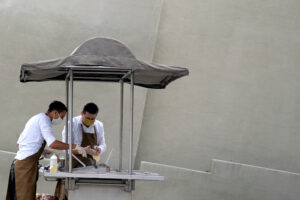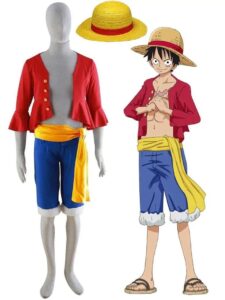A Complete Guide To The Best Sushi Knife

When you think of Japanese knives, Sujihiki knife Australia, the Gyuto knife, Yanagi and other types of knives come to mind. You can find authentic sushi in different cities around the world. A lot of people in different parts of the world are beginning to appreciate this Japanese delicacy.
The worldwide boom of sushi shows no signs of getting less popular. However, most people don’t know how the beautiful slices of such are achieved and how the food is prepared. They don’t even know the types of knives used to prepare sushi. In fact, some people have never been to a kitchen before, leave alone a Japanese kitchen.
Understanding how the food you eat is prepared is very crucial and will help you love the food even more. Japanese sushi knives are special but they need practice before an amateur sushi fan can use them correctly. We will answer a few common questions and learn more about the craftsmanship and history behind the Japanese sushi knives.
The traditional sushi knife
First, it is important to start by talking about the traditional Japanese sushi knife. A Yanagi-ba knife is unique and it is important to understand what makes it unique. You might be wondering whether or not you can use your normal kitchen knife to prepare sushi. Luckily, by learning a little bit about the features and history of these knives, you will put them to work at home and create delicious fresh sushi.
The composition and shape of sujihiki knives and Yanagi-bakitchen knives are known to be slender and long blades designed for pull-cutting in a single motion through fish. Another thing that you need to know is the composition of the blade and the cutting edge. This is the most important feature of sushi knives. The features set them apart from other Japanese knives such as the Santoku and Gyuto knives.
Sushi knives are sharpened only on one side of the blade. In Japanese, this design is known as kata-ba. This means that the opposite side is flattened with the cutting edge of the knife coming to an extremely thin and abrupt edge along this flat side. Almost all sushi knives are designed to be right-handed knives, although several knife manufacturers have begun making left-handed models.
Benefits of using sushi knives
Since the knives have a flattened backside, cutting with a single bevel knife can be done all in one forehand. This means that the fish isn’t being pressured from the knife’s both sides, ensuring that unnecessary pressure isn’t applied to the delicate fish cut.
All this ensures that a clean cut is achieved and not a rupture or tear. By not breaking a lot of cells along the cut, cleaner cuts with no tearing translates to less surface area being exposed to the air. When a large surface area is exposed to the air, air causes oxidation and decay. This decreases the quality of flavour. Using the right sushi knife such as the Yanagi-ba or a sharp Sujihiki knife Australia minimises this.




